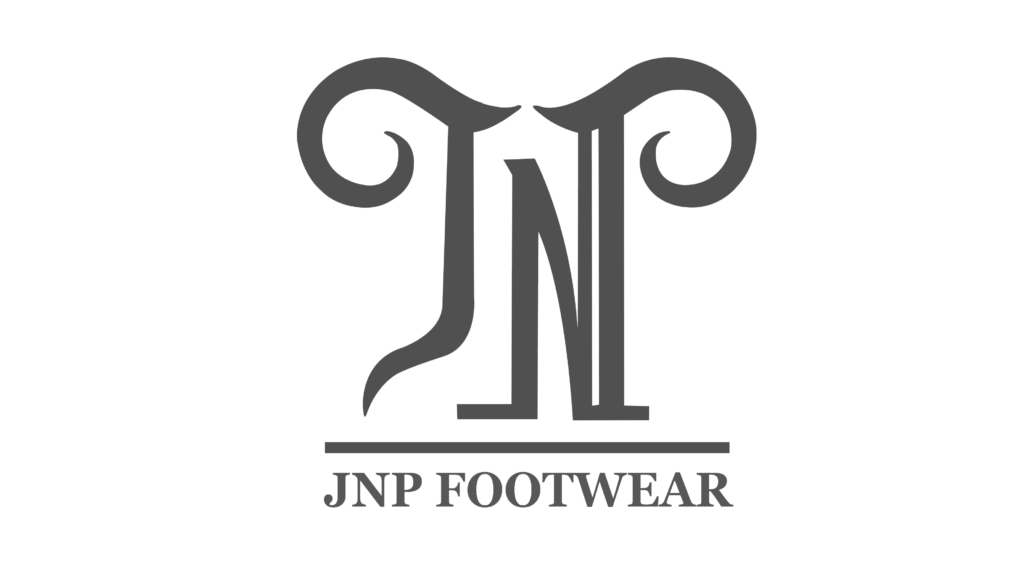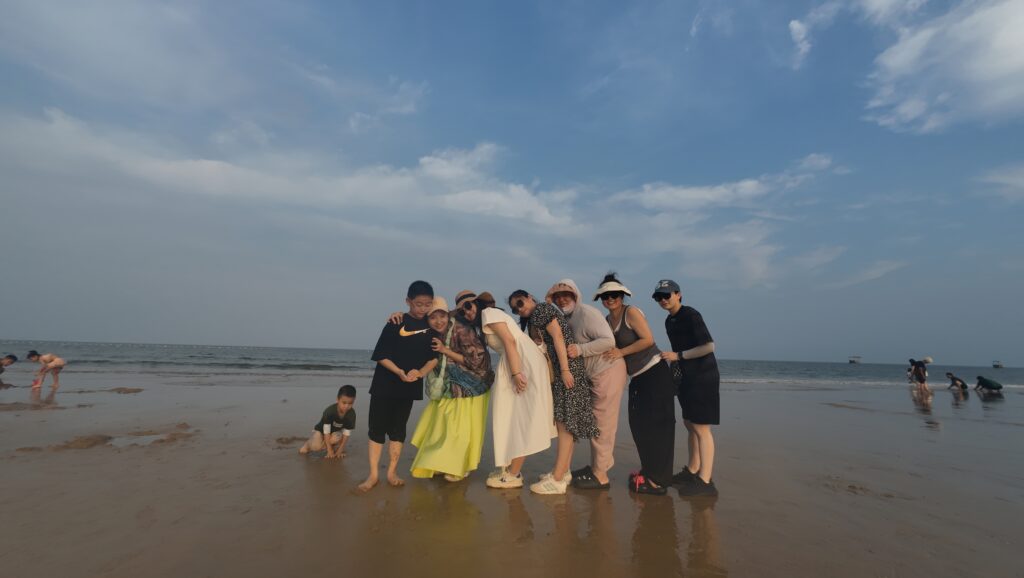leading paragraph:
I saw orders stall and colors pile up. Buyers hesitated. I needed to know where custom suede clogs would sell fast. (26 words)
snippet paragraph:
Custom suede clog demand varies by climate, culture, and channel. I analyze US, Europe, ANZ, and Asia markets, showing where B2B buyers want low MOQ1, eco materials2, or classic wool blends. (31 words)
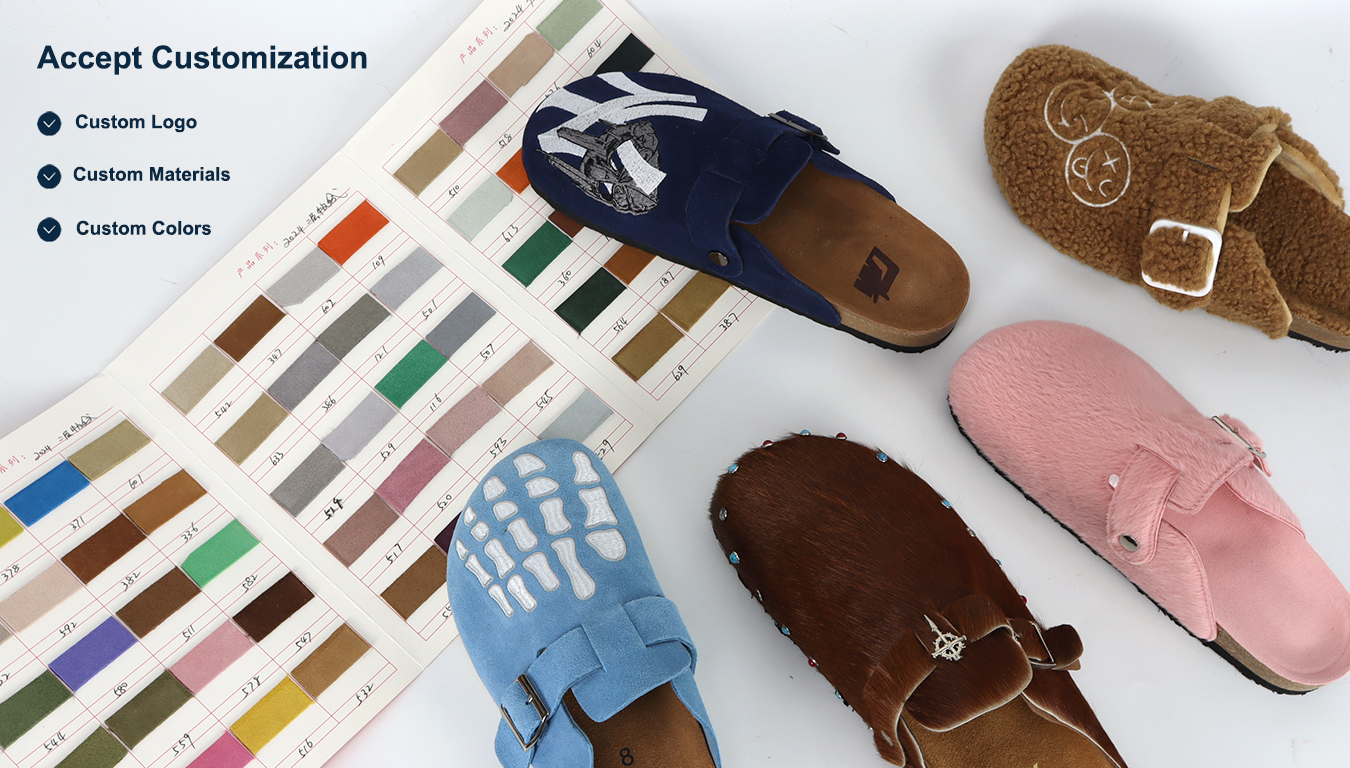
Transition Paragraph:
If you sell wholesale clogs, this regional split will save you time and cost. Read on to match designs, MOQ, and messaging to each market.
Where do US buyers want custom suede clog slippers most?
leading paragraph:
Problem: US buyers expect trend and scale. Agitation: Small brands struggle with high MOQs. Solution: Target niche channels with low-MOQ offers. (27 words)
snippet paragraph:
US demand centers on trend-driven DTC and boutique retailers. Buyers value small-batch runs, eco materials, and strong design stories. Offer flexible MOQ and quick colorways to win orders. (31 words)
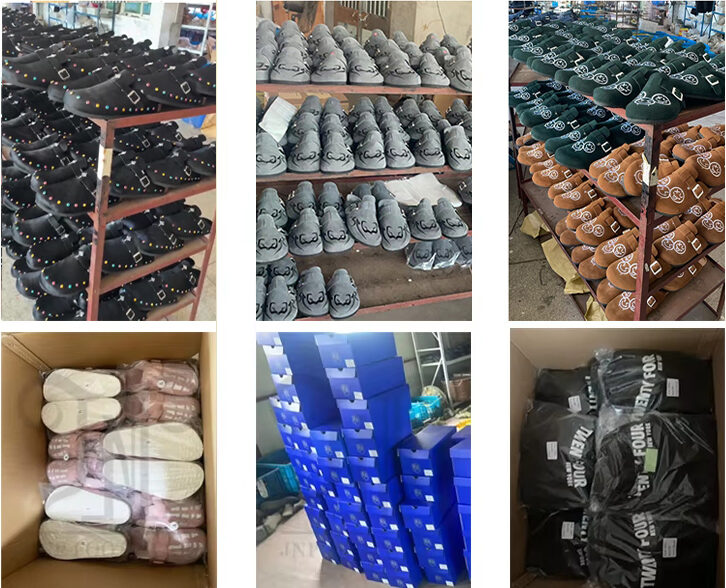
Dive deeper Paragraph:
In the US I see two main buyer groups: fashion-forward boutique brands and large private-label retailers. Boutique brands often buy small runs to test trends. They pay more for distinctive suede colors and custom embroidery. Large retailers want consistent sizing, cost control, and compliance documents3. For each group I align offerings differently.
I propose a three-tier approach:
| Buyer type | Key need | My offer |
|---|---|---|
| Boutique DTC | Low MOQ, unique design | Small-batch colorways, custom logos, fast prototype |
| Mid-size retailers | Trendy, scalable SKUs | 300–1,000 MOQ, seasonal palettes, eco options |
| Large buyers | Cost + compliance | Bulk pricing, audit-ready factories, long lead times |
I use stories from Client A and B. One boutique in the US tested a suede clog color run of 120 pairs. They sold-out in two weeks because we offered a custom logo and soft wool lining. That convinced a regional buyer to place a repeat order. I stress transit times to US ports and prefer door-to-door logistics4 for smaller runs. I position renewable materials as a premium add-on rather than default, because many US buyers focus on price first, then sustainability.
Are Europe and the UK better for classic suede and wool blends?
leading paragraph:
Problem: European buyers prefer tradition and quality. Agitation: They reject mass novelty. Solution: Emphasize craftsmanship, testing, and wool blends. (23 words)
snippet paragraph:
Europe and the UK favor classic silhouettes, tested materials, and traceability. Offer durable suede, wool linings, and clear compliance paperwork to access artisan brands and department stores. (27 words)
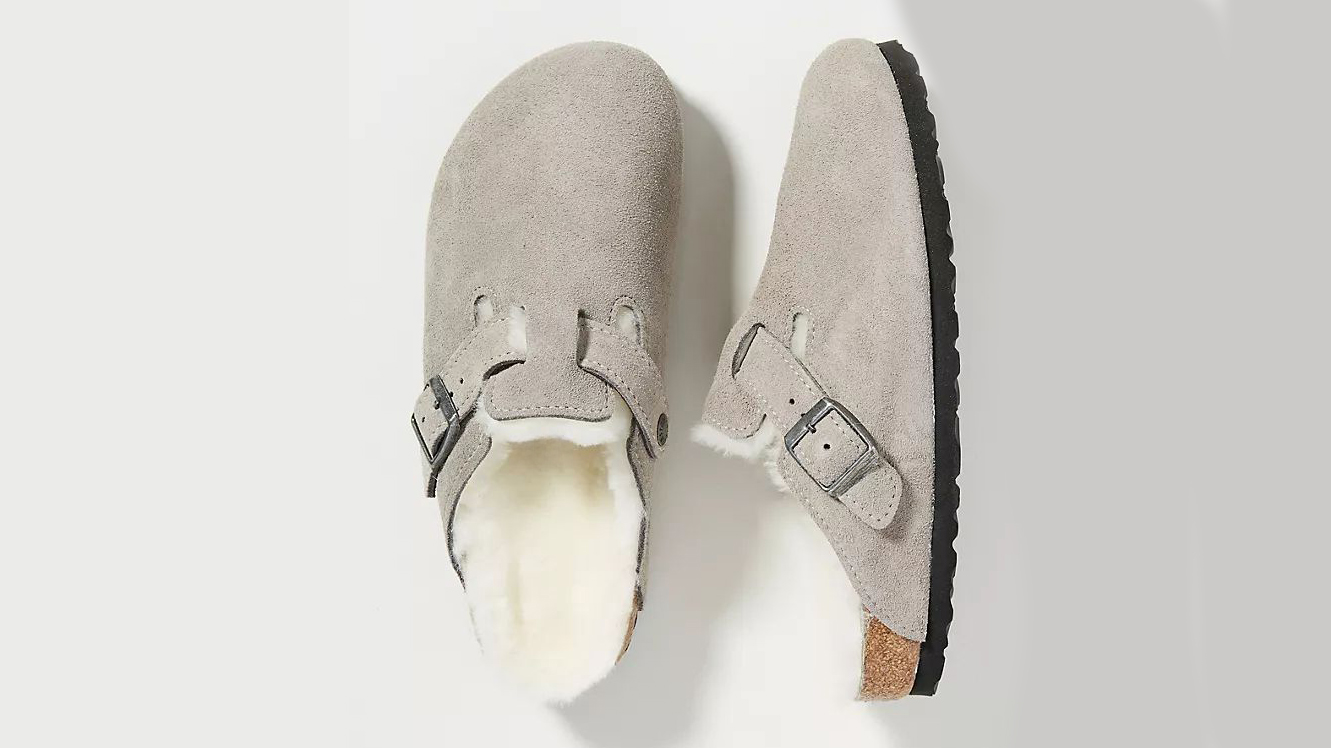
Dive deeper Paragraph:
Europe and the UK show stronger demand for product provenance and durable materials. Buyers there value clear supply chains and eco-credentials. I approach these buyers with technical specs: hide origin, tanning methods, wool certification5, and testing reports. I use tables and checklist formats in my proposals. For example, I include an audit summary from our long-term factories and eco-material documentation. That reduces friction when buyers request technical compliance.
Market segmentation:
- Artisan shops and boutiques: seek heritage looks and small runs.
- Online European brands: want unique finishes and sustainable narratives.
- Department stores: require bulk volumes and strict testing.
I share a story about Client C in New Zealand (similar to EU buyers). They moved production to China but insisted on wool authenticity and clear testing. I matched them to a factory partner with 16 years experience and audit reports. That led to steady repeat orders despite price pressure. For Europe I recommend minimum sample sets (3-5 prototypes) and a technical pack with full lab test references. This often accelerates PO approval and reduces costly rework.
How do Australia and New Zealand respond to suede clogs and wool linings?
leading paragraph:
Problem: ANZ markets love wool and comfort. Agitation: Seasonal peaks and price sensitivity complicate forecasting. Solution: Offer seasonal runs and local-style options. (23 words)
snippet paragraph:
Australia and New Zealand prioritize wool-lined slippers and durable suede. Sellers succeed by mixing classic comfort with seasonal colorways and by offering reliable shipping and clear margins for local distributors. (31 words)
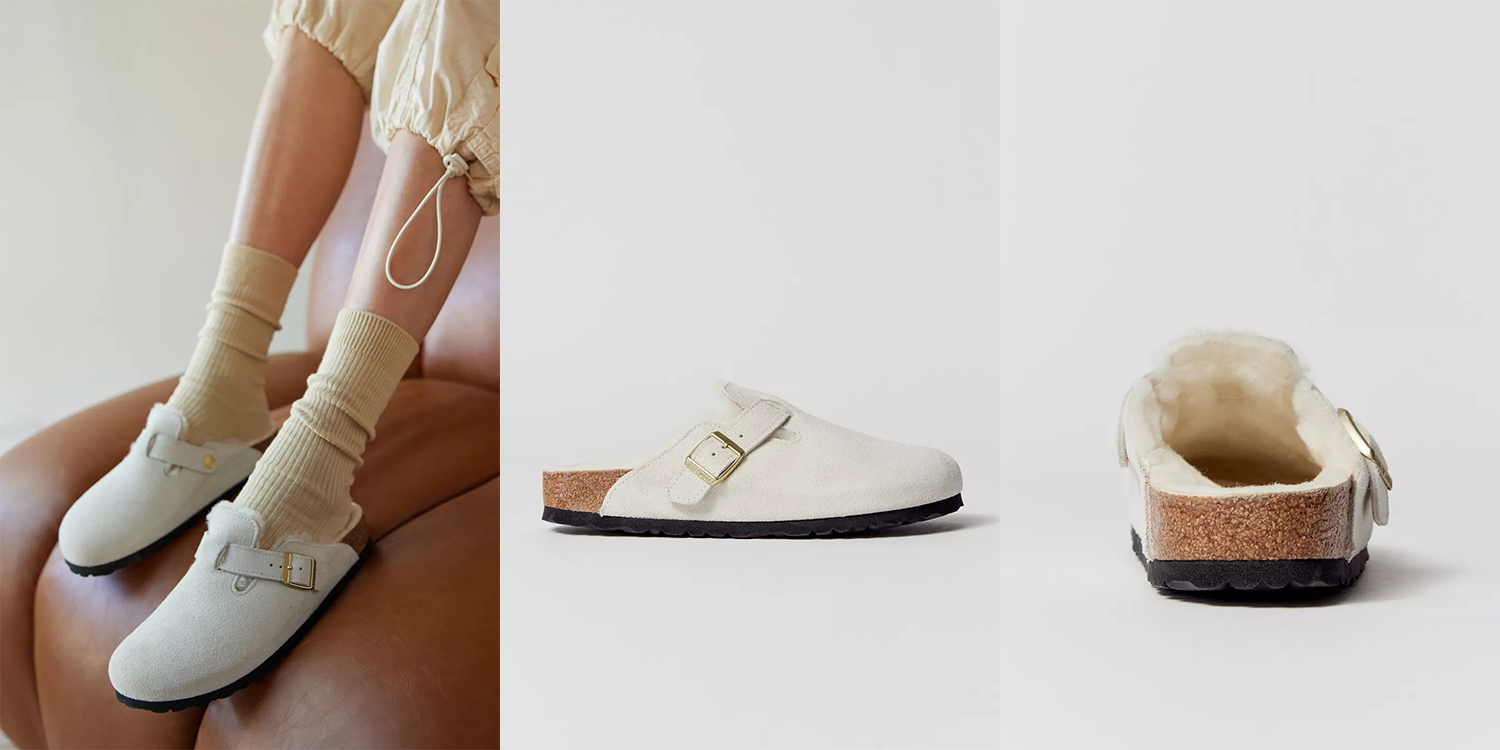
Dive deeper Paragraph:
In Australia and New Zealand the heritage of wool and comfort favors wool-lined suede clogs. Buyers recognize UGG-style slippers6 and expect durable soles and warm linings. Demand spikes in winter months (May–August southern hemisphere). I plan production calendars around that. Distributors in ANZ often buy through established relationships. They value predictable lead times and price stability.
My recommended strategy:
- Develop a core wool-lined suede SKU that fits local sizing.
- Offer seasonal accent colors for winter drops.
- Keep MOQ flexible for trend-led online brands.
I once worked with a New Zealand wool distributor who needed a hybrid: classic wool inside plus a suede upper that resembled their heritage lines. We produced prototypes and matched local color preferences. They expanded from a 500-pair test order to a yearly program because we handled door-to-door logistics and offered clear SOPs. For ANZ, I advise emphasizing natural wool content percentage and local story alignment to improve sell-through in specialty retailers.
Conclusion
I combine market segmentation, flexible MOQ, and verified supplier stories to win orders across regions. (16 words)
Footnotes
-
Helps readers understand why small-batch wholesale offers matter, especially for boutique buyers struggling with order volumes. ↩
-
Explains the value of sustainable materials and why buyers increasingly request them in clog slippers. ↩
-
Clarifies why big retailers require audit reports, testing, and paperwork before purchasing. ↩
-
Helps buyers see the advantage of simplified shipping and how it reduces delays or hidden costs. ↩
-
Shows readers why European and ANZ buyers demand authenticity and certification for wool products. ↩
-
Explains ANZ demand and consumer recognition of UGG-inspired wool-lined footwear. ↩
